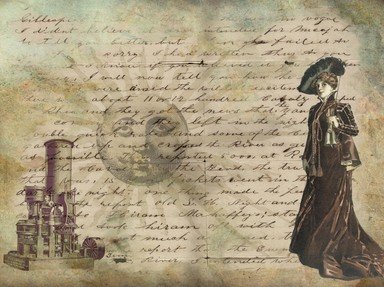Quiz Answer Key and Fun Facts
1. Medieval literature was fiction and written word created between approximately 500 AD and 1500 AD. Although many works of this era do not have verifiable authors, one such work featuring the characters The Squire, The Monk, and The Wife of Bath was said to have been written by which of these literary figures?
2. With the introduction of the printing press in the fifteenth century, the world was starting to change. This time, it was the Renaissance, which commenced in the fourteenth century. Which of these famous poets did not write (on a press or otherwise) during this era?
3. The Age of Enlightenment was an era of learning and reason. Books were on the rise, as was education; the United States started to form; philosophy was a valuable asset. Which famous philosopher's "Discourse on Inequality" (1755) considered literature to be a freeing of the imagination and criticized the rise of an otherwise civilized mankind?
4. The Romantic Era was seen as the clear opposite to the Age of Enlightenment and brought Jane Austen, William Wordsworth, and Samuel Taylor Coleridge to the literary world. Which of these was seen as a core value of the Romantic writer?
5. With the rise of the Romantic era, an aversion to scientific discourse became apparent. This led to the rise of authors such as Mary Shelley (nee Wollstonecraft) and John Polidori, and the increasing popularity of what staple literary genre?
6. Charles Dickens, Wilkie Collins, and the Bronte Sisters were all famous figures of the Victorian era, so-named because of which of the following?
7. At the turn of the nineteenth century, Victorian literature made a shift into a style regarded as Modernism. Which book by Joseph Conrad is considered to be a forerunner of Modernist style because of its break from traditional conventions?
8. Modernism progressed to the Second World War, but between the wars there grew a group of 'High Modernists' whose views pervaded the literary scene on both sides of the Atlantic. Whose 1915 work, "The Good Soldier", demonstrated the common theme of uncertainty and encouraged the reader to search through layers upon layers of meaning?
9. During the 1950s, the world was on a bit of an upswing following the horrors of World War II. The Beat Generation emerged and predated what would become the hippie culture of the 1960s. Whose 1957 story, narrated by Sal Paradise, followed several road trips across the United States?
10. Who am I? What is life? What is anything?
It's difficult to discern what works began the era of Postmodernist literature, but one thing is clear: life is unclear. For postmodernists, life is unstable, as is meaning, so writers tend to mask themselves in the work. What term refers to literature's tendency to look back upon itself within its own writing?
Source: Author
kyleisalive
This quiz was reviewed by FunTrivia editor
looney_tunes before going online.
Any errors found in FunTrivia content are routinely corrected through our feedback system.

